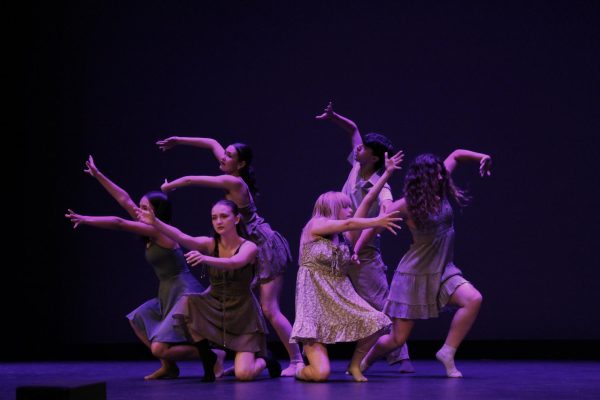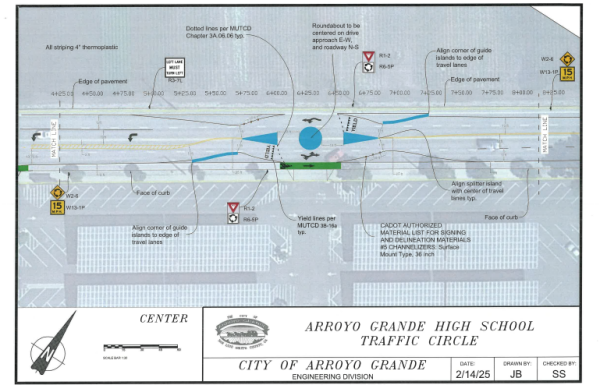On the History of Arroyo Grande in WWII
History is interesting. Local history can be even more intriguing. It is important to remember local roots so that the heroes of our community are not forgotten.
The world wars are a good example of a part of history that has become fogged over, because while the larger points of the world wars are well documented, the smaller stories of war history fade away with each passing day. This doesn’t mean that people are less interested, the knowledge is just not at the surface anymore.
Thankfully, historians like former AGHS history teacher Jim Gregory have put massive amounts of effort into making sure this past is never truly forgotten.
Jim Gregory started teaching history at AGHS in 1996 and continues to tell the stories of the past after retiring in 2015 through his various efforts at places like the South County Historical Society. He wrote for the Eagle Times from 1968-70, back when it was the Altair. He was the feature editor in 1970 and his brother was the editor in 1966.
The recently created Historic Branch Street google map “describe[s] some of the storefronts and homes tied to Arroyo Grande’s history.” The map has a lot of very interesting buildings and anecdotes from the history of the area. The map details connections between Arroyo Grande, local inhabitants, historical events, and local ties to World War II. Here are 11 descriptions and pictures of the most interesting buildings in AG and how the people associated with those buildings relate to World War II. All descriptions and images courtesy of Mr. Gregory and the South County Historical Society.
- The Old High School
“Paulding middle school is located at 600 Crown Hill Street. Although Crown Hill Street runs off Branch Street, it was central to life in Arroyo Grande before and during World War II because this is where the high school stood. The Paulding Middle School Gym and the stone retaining wall at the base of the campus hill are remnants of that school, dating from the New Deal. The wall was built by Works Progress Administration labor; the gym, a Public Works Administration project in 1937, was the high school gym.
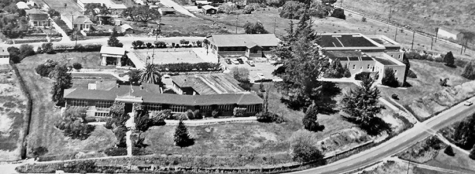
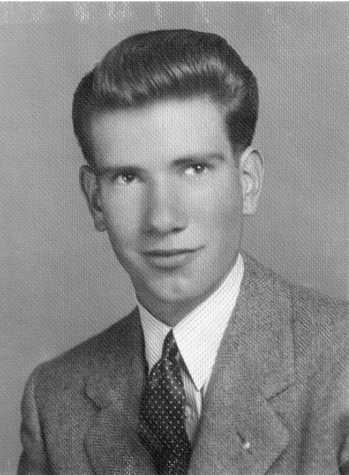
The Valedictorian in 1938 would become one of the war’s victims. Clarence “Hank” Ballagh may have been the first student in the high school’s history to earn straight “As” all four years. After graduating from Cal with an engineering degree, Ballagh became a B-17 bomber copilot. He died before his first combat mission, when the B-17 on which he was a passenger flew into the side of a mountain in northern England.

The first basketball coach in that gym was former USC football star Max Belko, whom coach Howard Jones called “the finest example of a man I’ve ever coached.” Belko coached football and basketball as a teacher at Arroyo Grande Union High School. As a Marine lieutenant, he was killed during the invasion of Guam in 1944.
On December 8, 1941, the student body of what was then Arroyo Grande Union High School gathered in the gym to listen to the radio broadcast of President Roosevelt’s declaration of war.
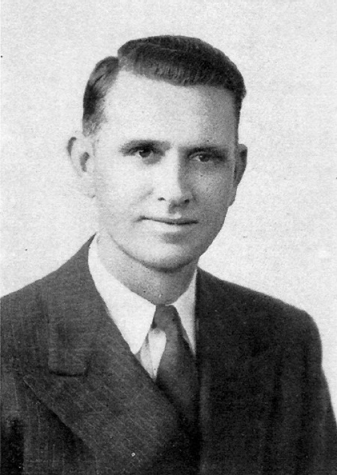
On April 30, 1942, buses gathered outside the gym to take many of the area’s 1300 Japanese-American residents to the assembly center at the Tulare County Fairgrounds; most ultimately went to the Gila River camp in the Arizona desert.
There were fifty-eight seniors in the high school’s Class of 1942; twenty-five of them were Nisei, or second-generation Japanese-Americans.
Later that year, in what was a courageous gesture, high school principal Clarence Burrell drove to the Tulare County Fairgrounds, the temporary assembly center for interned local residents, and personally awarded high-school diplomas to the Nisei members of the Class of 1942.”
- and 3. Former home of the Whitlock Family, and currently Mason Bar
“The buildings at 439 East Branch Street and 307 East Branch Street are connected, so they are grouped together. The former was the home of the Whitlock family, who owned and operated The Commercial Company, a dry-goods store, later a grocery, that stood on the site for nearly sixty years. The Mason Bar now occupies the site in a structure that dates from the 1950s. There are two connections here to World War II:
A Whitlock son, Elliott, was a B-17 bomber copilot in World War II. In March 1944, Whitlock’s plane was hit by flak and set afire; his pilot was badly burned. Whitlock put out the fire and flew the crippled bomber back to base in England; for this he was awarded the Distinguished Flying Cross. A video about Whitlock can be found here.
The wonderful mural on the side of the Mason Bar includes three prominent farmers: Kaz Ikeda, who was interned with other local Japanese-Americans, was a standout catcher on the prewar Cal Poly Mustangs team. After the war, he and his brothers were instrumental in getting Little League and Babe Ruth started in Arroyo Grande. The mural also includes Ed Taylor and Cyril Phelan, two local farmers who safeguarded the property of their interned Japanese-American neighbors during World War II.”
- and 5. The business and home of pioneer E.C. Loomis
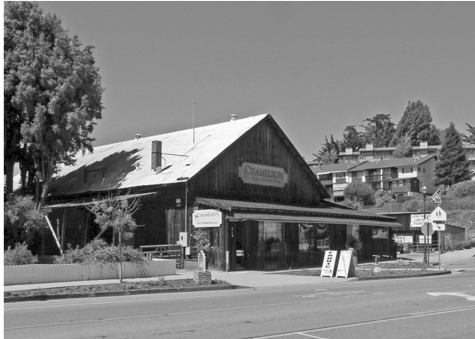
“The buildings at 415 and 409 East Branch Street are also connected. The former is the business and the second the home of Arroyo Grande pioneer E.C. Loomis. The Loomis family, crop brokers and insurance agents, also operated a farm supply store at 415 East Branch. They became close to their Japanese-American customers, celebrating an annual barbecue with them at Routzahn Park, a beautiful county park now beneath Lopez Lake. One Loomis son, Vard, pitched for Stanford University and became the coach of the Arroyo Grande Growers, a Japanese-American club team that played up and down the state. Like other local farmers and businessmen, the Loomis family protected the land and property of their interned neighbors during the war. Kaz Ikeda, Vard’s catcher, would name one of his sons Vard.”
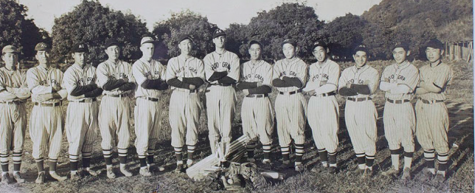
- Bennett’s Grocery
“122 East Branch Street, today Chic Interiors, was Bennett’s Grocery during the war years. Founded by Arroyo Grande’s first mayor, Frank Bennett, his son Ralph and Ralph’s wife, Muriel Loomis Bennett, were the proprietors of the store from the 1930s until the 1960s. During the Great Depression, Muriel took blankets and hot soup to the migrant “Okie” camp on the Nipomo Mesa at the time Dorothea Lange photographed “Migrant Mother” there.
One of Ralph and Muriel’s sons, Gordon, was a member of a kind of Four Musketeers—Arroyo Grande high school boys who’d been friends all their lives. When the war came, Gordon and another “Musketeer,” Don Gullickson, joined the Navy and fought the Japanese in the Pacific. Another, John Loomis, was a Marine who saw combat in two costly Pacific battles against the Japanese, Peleliu and Okinawa.
The fourth Musketeer was Japanese-American. Haruo Hayashi was interned with his family but the four continued writing to each other throughout the war. Hayashi joined the famed 442nd Regimental Combat Team, the most highly-decorated unit of its size in U.S. Army history. When the war ended, the four young men resumed the friendships that would mark the rest of their lives. Haruo Hayashi, the patriarch of a prominent local family, survives today; in 2019, he was finally awarded the Arroyo Grande High School diploma that the war had denied him.”
- and 8. The Meat Market
“The addresses 120 and 118 East Branch make up the other parts of the brick storefronts that date to 1897, and today’s Arroyo Grande Meat Market has been a meat market since that year. Leo Wilkinson owned the meat market before and during World War II and, like the Loomis family, the Wilkinsons formed close friendships with their Japanese-American customers. Just before they were interned in April 1942, Wilkinson’s Japanese-American customers came in to settle their bills. Wilkinson refused to take their money. “You keep it,” he told them. “You’re going to need it.” His customers were grateful for this act of generosity; they sent Wilkinson’s daughter, Jean, a Japanese doll in a silk kimono from the Gila River internment camp. Jean was a freshman at the high school when internment came in 1942; her best friend, Yoshi Nakamura, left on the buses. Jean never saw her again.

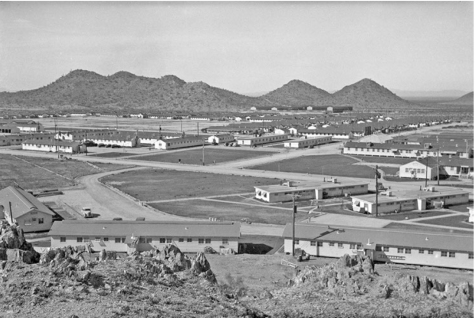
Yoshi’s brother, George, the prewar sports editor of the high school newspaper, was a war hero. An intelligence officer in the mountains of China, he disguised himself as a peasant and went behind Japanese lines to rescue an American pilot who’d been shot down. Nakamura was the head of a mission to Chinese guerrillas fighting the Japanese; the leader of the guerrilla band to which Nakamura was assigned was Mao Zedong, the future leader of Communist China. To celebrate George’s twenty-first birthday, the women guerrillas took turns dancing with him, accompanied by a battered old record player. One of George’s dance partners was Madame Mao.
At 118 East Branch, Aki Saruwatari owned a market and radio shop that was very popular. The Saruwatari family may have been the first Japanese-American immigrants to Arroyo Grande, arriving about 1903. The family’s farmhouse still stands directly across the road from the Halcyon Store. Like about half of the town’s prewar Japanese-American residents, Aki would not come back to live here after the war; he settled in Santa Barbara.”
- And 10. The Grand Theater
“110 West Branch Street and 103 East Branch Street are today Posies in the Village and the Old Village Grill. But for high-school students before and during World War II, these would’ve been places to visit on dates. Posies was the Grande Theater; the featured film on the day Pearl Harbor was attacked—December 7, 1941, was “The Bride Came C.O.D.,” a musical starring James Cagney and Bette Davis. Just down the street, the Village Grill was then the Security Drug Company, which included a soda fountain. A movie date followed by a root beer float at Security Drug would’ve been pretty commonplace for high-school students in the 1930s and 1940s. During the war, the Grande bill would’ve included newsreels depicting the war’s progress and patriotic feature films like Sergeant York, Yankee Doodle Dandy, Thirty Seconds over Tokyo and the classic 1942 feature Casablanca.”
- Barcellos-Morgan Ford Agency (now Doc Burnstein’s)
“114 West Branch Street, today’s Doc Burnsteins, was the Barcellos-Morgan Ford agency in the prewar years. One of Mr. Morgan’s sons, Wayne, attended the Arroyo Grande Grammar School—in the 1920s, on the corner where Mullahey Ford is today—and one of his second-grade classmates was named Jack Scruggs. Both learned to play music—Wayne, the violin, Jack, the piano—while growing up together in Arroyo Grande. Jack became a serious musician, picking up the accordion and his favorite, the trombone, even forming his own dance band in high school. Both young men joined the Navy before war came on December 7, 1941.
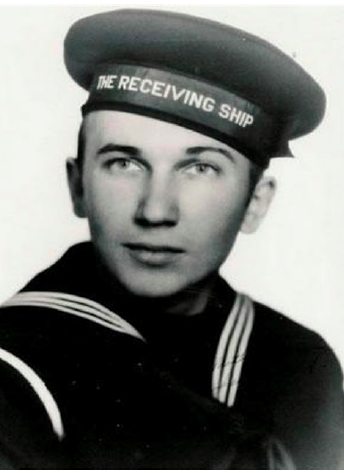
On that morning, Jack was assembling with his ship’s band to play the National Anthem for the morning colors ceremony. At that moment, a Japanese dive-bomber released its bomb and the concussion from its detonation killed Jack, blowing his body into Pearl Harbor. Ten minutes later, the ship, USS Arizona, blew up in a cataclysmic explosion. One of the victims—his body was never recovered—was Jack Scruggs’s second-grade classmate, Wayne Morgan.
Shortly before the attack, Scruggs had played “Happy Birthday” on the accordion for the wife of the rear admiral who flew his flag on Arizona, Isaac Kidd. Kidd was killed in the same violent explosion that killed Wayne Morgan; the admiral’s Naval Academy class ring was found fused to a bulkhead when the fires that consumed the ship were finally put out.
America—and Arroyo Grande—were now at war.”
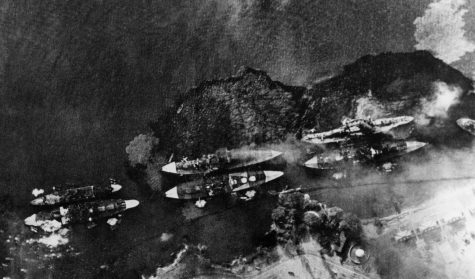
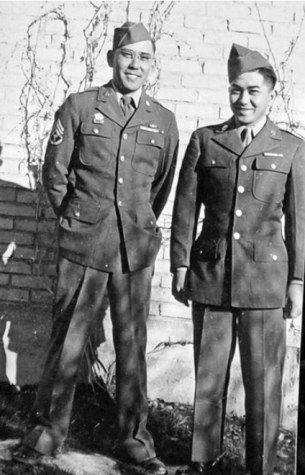
Humanity is a constant effort to create a better future than the past, and this can only be done through understanding as much of history as possible. People like Mr. Jim Gregory have spent and continue to spend a massive amount of energy and time making sure that this understanding of history is possible, and for this honorable duty they will never be forgotten.
The Eagle Times would like to thank all those involved in World War II for helping to ensure that evil did not triumph over good in some of the most important years of human history. The Eagle Times would also like to thank all those who made sure that those efforts were not lost to the past. Mr. Gregory, the South County Historical Society, and anyone else involved in this important work have our utmost gratitude.

My name is Hudson Reynolds and I am a senior at AGHS. I always wanted to be a part of a student-run newspaper or radio and I am so glad that I got the...








